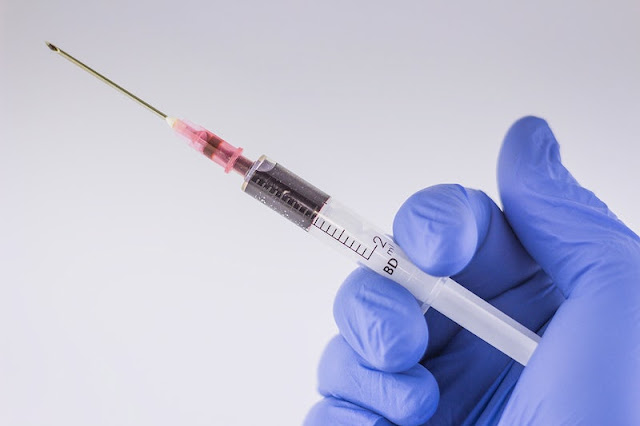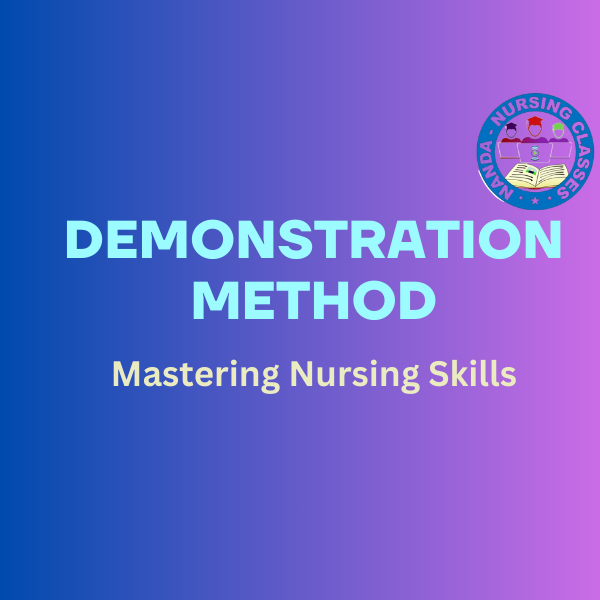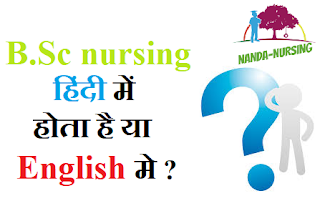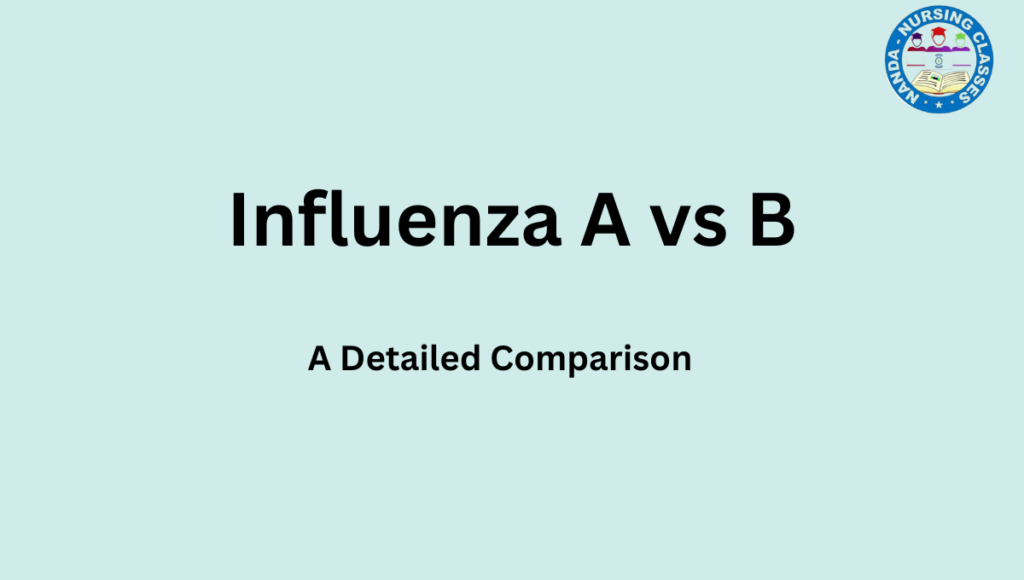Introduction
In today’s world, access to affordable healthcare is a significant concern for many individuals and families. Health subsidies play a crucial role in bridging the gap and making healthcare more accessible. In this health subsidy comprehensive guide, we will explore who qualifies for a health subsidy, the eligibility criteria, and how these health subsidy help individuals obtain the care they need.
Who Qualifies for a Health Subsidy?
A health subsidy is a financial assistance program that aims to make healthcare more affordable for individuals who may struggle to pay for medical expenses. Qualification for a health subsidy depends on various factors, including income level, family size, and citizenship status.
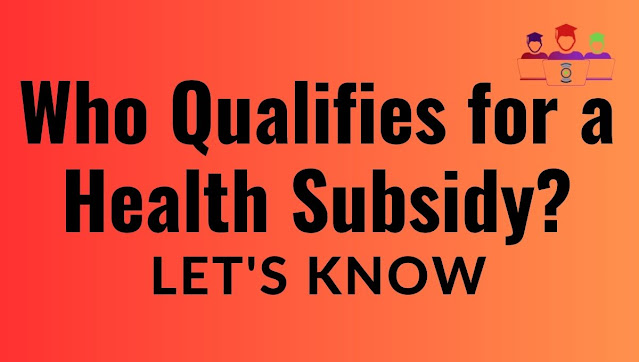
Understanding Eligibility Criteria
To determine eligibility for a health subsidy, authorities typically consider the following criteria:
Income Level: One of the primary factors in determining eligibility is the individual or family’s income level. This is often measured as a percentage of the federal poverty level (FPL). Those with lower incomes are more likely to qualify for subsidies.
Family Size: Family size is an important consideration as subsidies are often adjusted based on the number of dependents. Larger families may qualify for higher subsidies to accommodate the increased healthcare needs of their members.
Citizenship Status: In many countries, health subsidies are available only to citizens or legal residents. Proof of citizenship or residency may be required to determine eligibility.
Age: Some health subsidies are specific to certain age groups, such as children or older adults. This ensures that vulnerable populations receive the necessary healthcare support.
Employer Coverage: In some cases, eligibility for health subsidies depends on whether an individual has access to employer-sponsored health insurance. If the employer coverage does not meet certain affordability or minimum coverage standards, the individual may qualify for a subsidy.
Eligibility for Different Types of Health Subsidies
The specific eligibility criteria for health subsidies may vary depending on the country and the healthcare system in place. Here are a few examples of health subsidies and their corresponding eligibility requirements:
Premium Tax Credits: Premium tax credits are subsidies provided to individuals to help reduce the cost of health insurance premiums. Eligibility is typically based on income and family size. Individuals must enroll in a health insurance plan through the marketplace to access these subsidies.
Medicaid: Medicaid is a government program that provides health coverage to low-income individuals and families. Eligibility for Medicaid is primarily based on income and family size. Citizenship or residency status is also considered.
Children’s Health Insurance Program (CHIP): CHIP is designed to provide healthcare coverage to children from low-income families who do not qualify for Medicaid. Eligibility is determined based on income and family size, and it varies from state to state.
Medicare: Medicare is a federal health insurance program primarily for individuals aged 65 and older. Eligibility is based on age and employment history, with some exceptions for individuals with disabilities.
If I Qualify for a Health Subsidy then how to get it?
If you qualify for a health subsidy, there are steps you can take to access it. Here’s a guide on how to get a health subsidy:
Determine your eligibility: The first step is to check if you meet the eligibility criteria set by the government or healthcare authorities. This may include factors such as income level, age, disability status, and citizenship. You can usually find this information on the official website of the healthcare agency or by contacting their helpline.
Gather necessary documents: Once you confirm your eligibility, gather the required documents to support your application. This may include proof of income, identification documents, tax returns, and any other documentation specified by the subsidy program. Make sure to organize these documents neatly to ensure a smooth application process.
Research available subsidy programs: Different subsidy programs may be available, each with its own set of benefits and coverage options. Research the available programs in your region or country to understand which one aligns best with your healthcare needs. You can consult government websites, healthcare providers, or insurance brokers to gather information about the various subsidy programs.
Complete the application: Fill out the application form provided by the government or relevant healthcare agency accurately and completely. Provide all the necessary information and double-check for any errors or omissions. Attach the supporting documents as required.
Submit the application: Once you have completed the application form and gathered all the necessary documents, submit them to the designated authority. Follow the specified submission process, which may include online submission, mail, or in-person submission at a local office. Make sure to meet any deadlines mentioned to ensure your application is considered.
Wait for review and approval: After submitting your application, it will undergo a review process by the healthcare agency. The review process may involve verifying the information provided and assessing your eligibility. The duration of this process can vary, so be patient and allow sufficient time for the authorities to process your application.
Receive notification of subsidy approval: If your application is approved, you will receive a notification from the healthcare agency. The notification may include details about the subsidy amount, coverage period, and any additional instructions you need to follow.
Enroll in a healthcare plan: Once you receive approval for the health subsidy, you can proceed to enroll in a healthcare plan that accepts the subsidy. This may involve choosing an insurance provider or selecting a specific plan offered by the government. Follow the enrollment process provided by the subsidy program and ensure that you understand the coverage and benefits associated with the chosen plan.
Utilize the subsidy benefits: After enrolling in a healthcare plan, you can start using the subsidy benefits to access medical services. This may include visiting healthcare providers, scheduling appointments, and availing of necessary treatments or medications. Familiarize yourself with the coverage limits, copayments, and any specific guidelines associated with the subsidy program.
Remember, the process of obtaining a health subsidy may vary depending on your location and the specific subsidy program. It is advisable to seek guidance from the official sources or consult with healthcare professionals to ensure you follow the correct procedure and make the most of the available benefits.
If I Qualify for a Health Subsidy then how to get it in the United States?
If you qualify for a health subsidy in the United States, there are specific steps you can take to obtain it. The process involves understanding your eligibility, applying through the appropriate channels, and providing the necessary documentation. Here’s a guide on how to get a health subsidy in the United States:
Determine Your Eligibility: The first step is to confirm whether you meet the eligibility criteria for a health subsidy. In the United States, subsidies are primarily available through the Health Insurance Marketplace established under the Affordable Care Act (ACA). To qualify, you must meet certain income requirements and be a U.S. citizen or lawfully present in the country. You can use the subsidy calculator on the official Healthcare.gov website to determine your eligibility.
Create an Account on Healthcare.gov: If you meet the eligibility criteria, visit the official Healthcare.gov website and create an account. Provide the required information, including your name, address, and Social Security number. Creating an account will allow you to access the application for health insurance and subsidy.
Complete the Application: Once you have created an account, proceed to fill out the application for health insurance and subsidy. The application will ask for detailed information about your household size, income, and other relevant factors. It is crucial to provide accurate and up-to-date information to ensure proper evaluation of your eligibility.
Submit Supporting Documents: Depending on your circumstances, you may need to provide supporting documents to verify the information provided in your application. These documents may include proof of income, residency, immigration status, and any other documentation required for eligibility determination. Ensure that you gather the necessary paperwork and submit it as instructed during the application process.
Review Your Options: After submitting your application and supporting documents, you will receive a notice indicating your eligibility status. If you qualify for a health subsidy, the notice will specify the amount of the subsidy you are eligible for. Additionally, you will receive information about the available health insurance plans that you can choose from.
Select a Health Insurance Plan: Once you have reviewed your options, it’s time to select a health insurance plan that best fits your needs. The Marketplace offers various plans with different coverage levels and premiums. Consider factors such as deductibles, co-pays, network coverage, and the total cost of the plan. You can compare plans side by side on the Marketplace website to make an informed decision.
Enroll in a Health Insurance Plan: After choosing a health insurance plan, enroll in it through the Marketplace. Follow the instructions provided to complete the enrollment process. Be sure to review the enrollment deadlines to ensure you don’t miss any important dates.
Pay Your Premium: Once enrolled, you will need to pay your health insurance premium to activate your coverage. The payment details will be provided by the insurance company. It is important to make timely premium payments to maintain continuous coverage.
Reevaluate Annually: Keep in mind that health insurance plans and subsidy eligibility can change from year to year. It is advisable to review your coverage annually during the Open Enrollment period, which usually occurs towards the end of the year. This allows you to reassess your subsidy eligibility and make any necessary changes to your health insurance plan.
By following these steps, you can navigate the process of obtaining a health subsidy in the United States. Remember to stay informed about any updates or changes in healthcare policies and guidelines to ensure you receive the maximum benefits available to you.
Conclusion
Qualifying for a health subsidy can make a significant difference in accessing affordable healthcare. Understanding the eligibility criteria is essential to determine if you meet the requirements for financial assistance. Health subsidies ensure that individuals and families who may struggle to afford healthcare can receive the necessary medical services and treatments.
In summary, eligibility for a health subsidy depends on factors such as income level, family size, and citizenship status. Various types of health subsidies exist, each with its specific eligibility requirements. By exploring and understanding these criteria, individuals can assess their eligibility and take advantage of the available financial assistance, ensuring better access to quality healthcare.
Frequently Asked Questions (FAQs)
FAQ 1: Can I still qualify for a health subsidy if I have employer-sponsored coverage available?
Yes, it is possible to qualify for a health subsidy even if you have access to employer-sponsored coverage. However, eligibility depends on factors such as the affordability and adequacy of employer coverage. If the employer-sponsored coverage does not meet certain standards, you may be eligible for a subsidy.
FAQ 2: What income level is considered eligible for health subsidies?
The income levels that qualify for health subsidies vary depending on the specific subsidy program and the country. Generally, individuals with incomes up to a certain percentage of the federal poverty level (FPL) are eligible for subsidies. The exact income thresholds can be found on the official websites of the respective subsidy programs.
FAQ 3: Can non-citizens qualify for health subsidies?
The eligibility for health subsidies varies from country to country. Some countries extend health subsidy benefits to legal residents, regardless of citizenship. It is essential to check the specific rules and regulations of the country in question to determine eligibility for non-citizens.
FAQ 4: Do health subsidies cover all healthcare expenses?
Health subsidies typically cover a significant portion of healthcare expenses, including insurance premiums and out-of-pocket costs. However, the extent of coverage may vary depending on the subsidy program and the specific healthcare services provided. It is important to review the details of the subsidy program to understand the specific benefits and limitations.
FAQ 5: Can I apply for a health subsidy at any time?
The availability of health subsidy enrollment periods varies depending on the country and the specific subsidy program. In some countries, there are designated open enrollment periods during which individuals can apply for health subsidies. However, certain life events, such as job loss or marriage, may qualify for a special enrollment period outside the regular open enrollment period.
FAQ 6: How can I apply for a health subsidy?
To apply for a health subsidy, individuals typically need to complete an application form provided by the relevant healthcare authority or marketplace. The application form will require information about income, family size, and other relevant details. It is important to provide accurate and up-to-date information to ensure eligibility determination.

